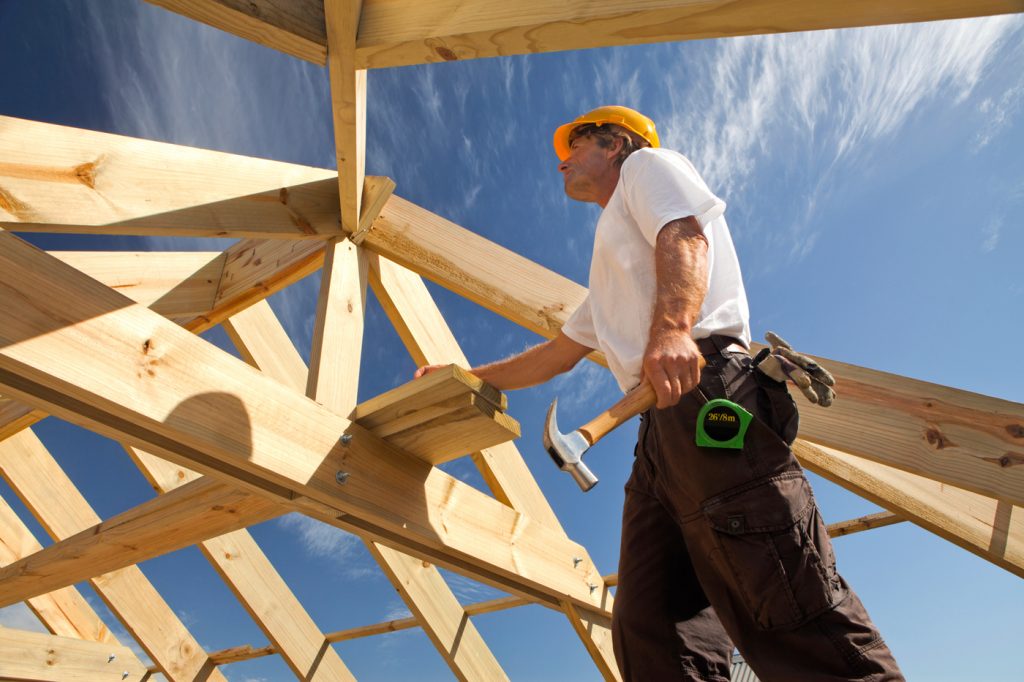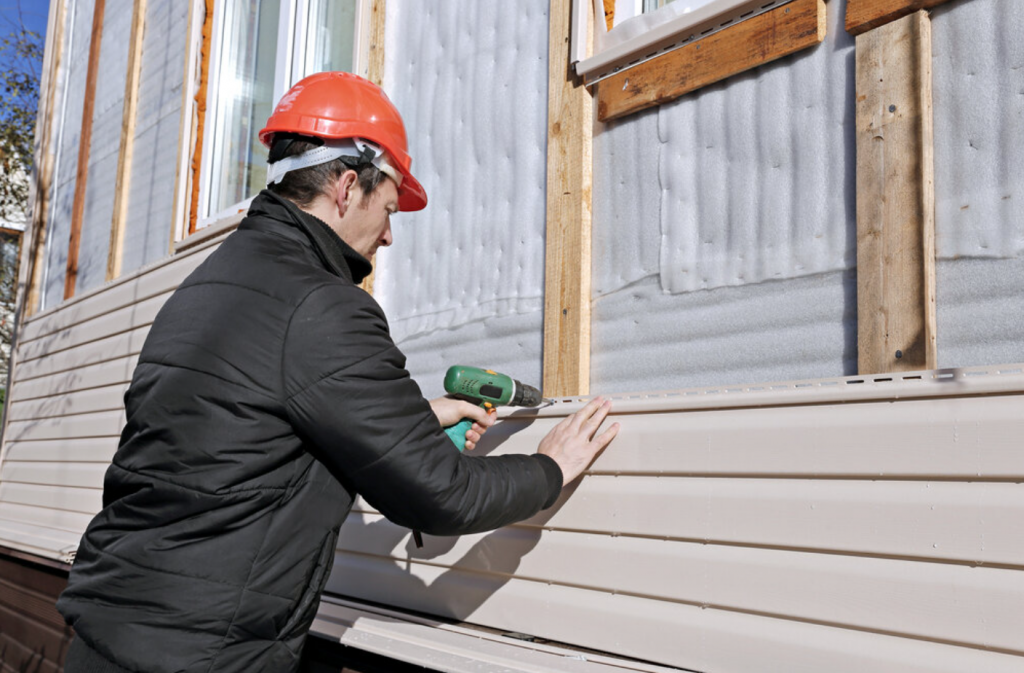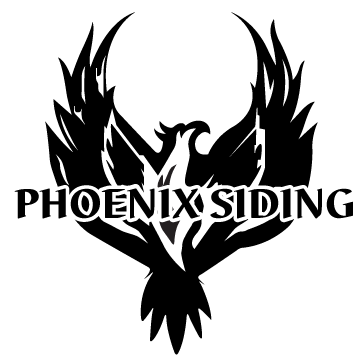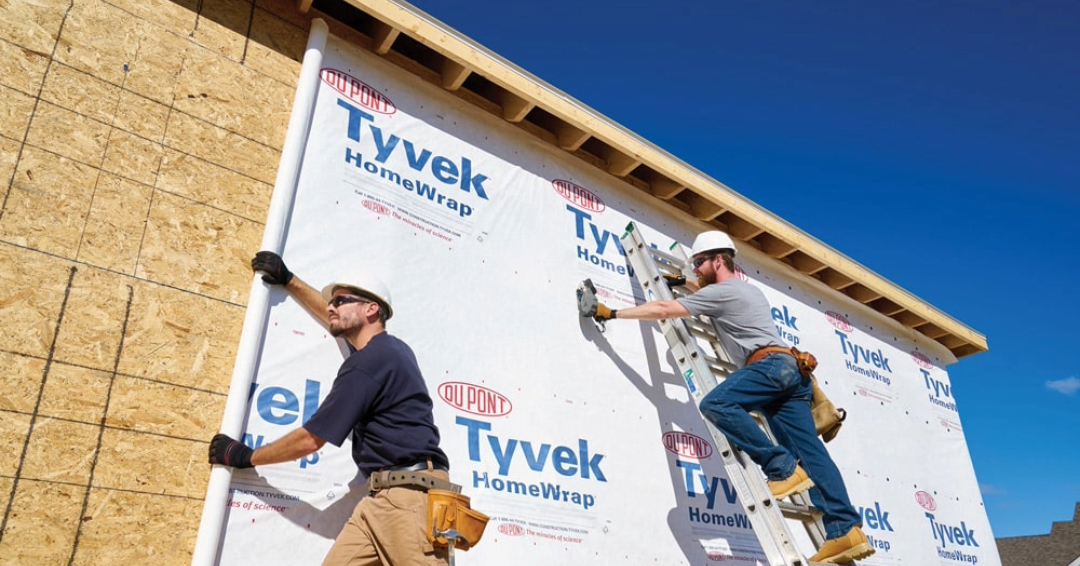When you live somewhere that rains most of the year, with hot summers and some snow in winter, your siding needs to do a lot. At Phoenix Siding, we hear a lot of the same questions from homeowners trying to figure out what’s best for their home, here are the most common ones, answered.

1. Do I really need new siding or can I fix what I have?
If you’re seeing peeling, bubbling, mold, or warped boards, it might be time. Sometimes small sections can be fixed, but if the damage is all over, replacing it usually makes more sense (and saves money long-term).
2. What siding holds up best in this kind of weather?
For places with lots of rain, wind, and seasonal changes, fiber cement (like HardiePlank) and premium vinyl siding are solid choices. They resist moisture, mold, and cracking, and they perform well in both heat and cold.
3. How long does siding usually last here?
Depends on what you go with:
- Fiber cement: 40–50 years
- Vinyl: 20–30 years
- Cedar wood: 15–25 years (with regular upkeep)
4. Is it okay to install siding during the rainy season?
It’s doable, just needs extra care. We use protective wraps and work around the forecast to make sure everything seals tight and dries properly.
5. What’s a rainscreen and do I need one?
Yep, you do. It’s a small air gap between the siding and your wall that helps water drain and air move through, so moisture doesn’t get trapped. Super important in wet climates.

6. What about house wrap? Do you use that too?
For sure. House wrap acts as a weather barrier behind the siding, it keeps out wind and moisture. We always use both house wrap and rain screen for full protection.
7. Will new siding help with heating and cooling?
Definitely. Insulated vinyl or properly installed fiber cement paired with added wall insulation can help regulate your home’s temperature and lower your energy bills.
8. How do I know if my current siding is leaking?
Watch for stains on your walls inside, bubbling paint, or that musty smell that doesn’t go away. Outside, warped boards or mold streaks are big signs water’s getting in.
9. Do I need permits to replace siding?
Not always. For basic replacements, you’re usually good. But if you’re making structural changes or live in a designated area, your city might require permits. We can help figure that out for you.
10. What kind of licenses should a siding contractor have?
They should have proper business registration, safety coverage (like WorkSafe), and carry liability insurance. It protects both you and the crew working on your home.

11. Can siding be eco-friendly?
Fiber cement is a great pick if you want something sustainable. It’s made from natural materials, lasts for decades, and doesn’t need constant painting or replacing like wood.
12. Does siding color affect heat or energy use?
It can. Lighter colors reflect sunlight and keep things cooler. Darker ones absorb heat, which can help a bit during colder months. We help you choose based on your home’s layout and how much sun it gets.
13. What’s blown-in insulation and do I need it during siding replacement?
If your home’s older, your walls might not be well insulated. We can add blown-in insulation from the outside during siding work, no need to open up walls inside.
14. Will I need to replace my soffits and fascia too?
Not always, but it’s worth checking. If they’re soft, cracked, or not vented properly, it’s a good time to upgrade them to help your attic breathe and avoid moisture issues.
15. Do you offer free estimates or quotes?
Yes, always free and under no pressure. We’ll take a look, talk through your options, and give you a clear idea of what makes sense based on your budget and your home.

Still got questions?
We’re happy to chat. Whether you’re ready to upgrade or just need advice, Phoenix Siding is here to help.
📞 Give us a call or request a free quote online anytime.



